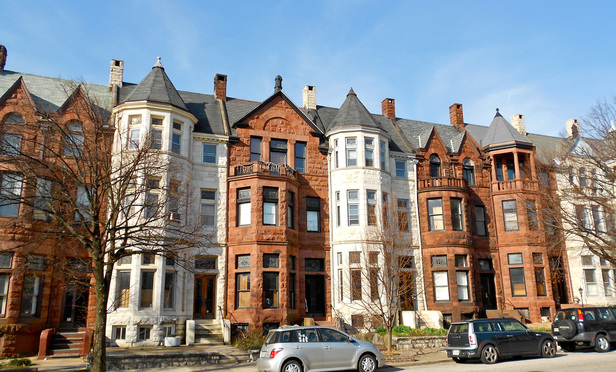As the “gig economy” spawns attacks on Uber Technologies Inc. and Airbnb Inc., those afraid of change have opened a new front in the war on economic dynamism. Increasing swaths of major cities — including over a quarter of Manhattan and a third of Baltimore — have been designated as historic landmarks in order to force out developers. This overpreservation impedes development and revitalization, freezing neighborhoods in time and depressing economic growth.
“Not In My BackYard” interests in New York “use historic preservation as a way to limit development,” says former Landmarks Commissioner Margery Perlmutter. Not surprisingly, these NIMBYs are concentrated in richer, politically connected areas. Groups in the Upper West Side, Upper East Side, SoHo and TriBeCa have managed to preserve between 30 and 70 percent of their neighborhoods, while poorer areas like East Harlem are less than 1 percent designated for historical preservation.
This content has been archived. It is available through our partners, LexisNexis® and Bloomberg Law.
To view this content, please continue to their sites.
Not a Lexis Subscriber?
Subscribe Now
Not a Bloomberg Law Subscriber?
Subscribe Now
LexisNexis® and Bloomberg Law are third party online distributors of the broad collection of current and archived versions of ALM's legal news publications. LexisNexis® and Bloomberg Law customers are able to access and use ALM's content, including content from the National Law Journal, The American Lawyer, Legaltech News, The New York Law Journal, and Corporate Counsel, as well as other sources of legal information.
For questions call 1-877-256-2472 or contact us at [email protected]






